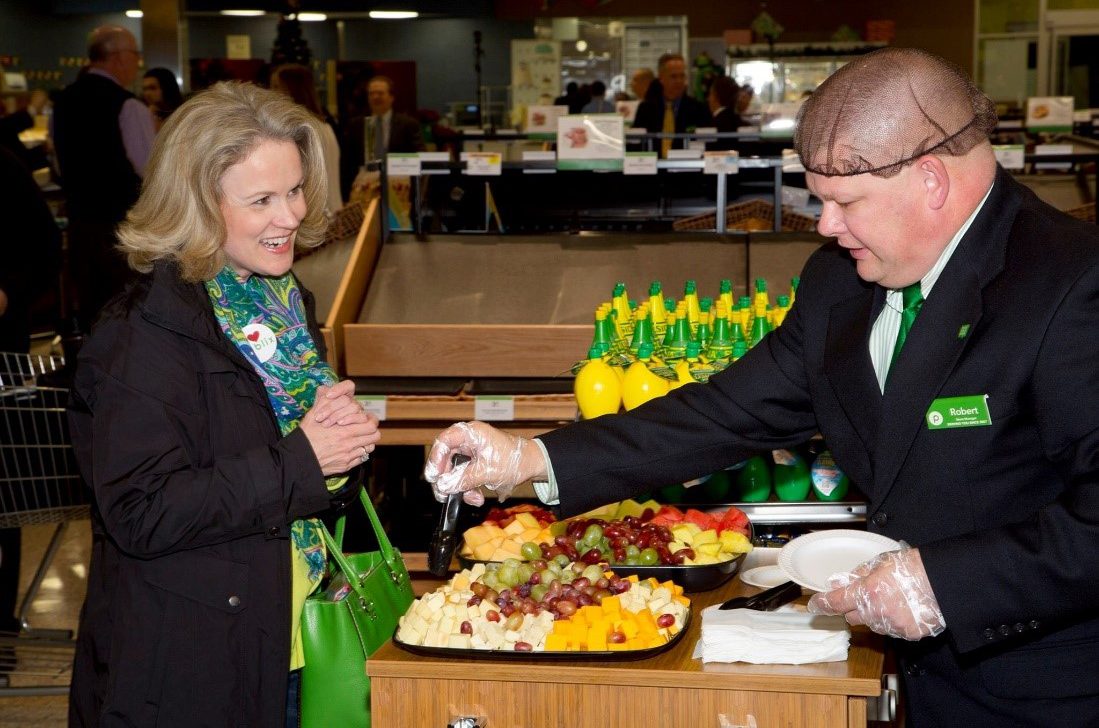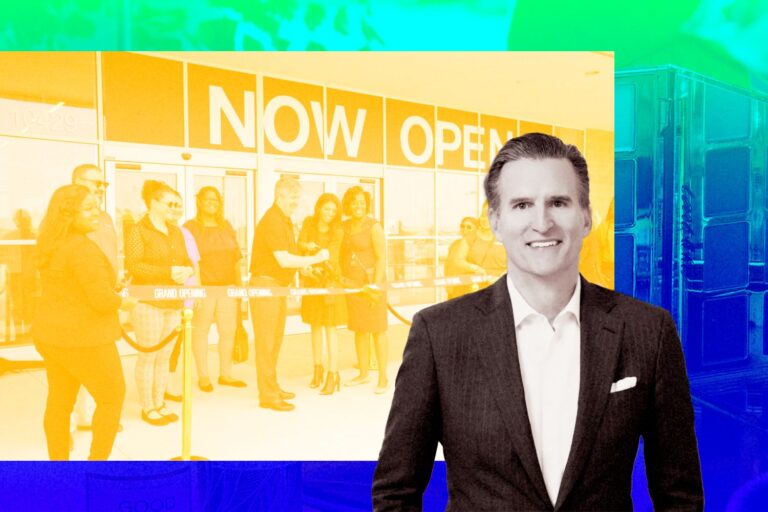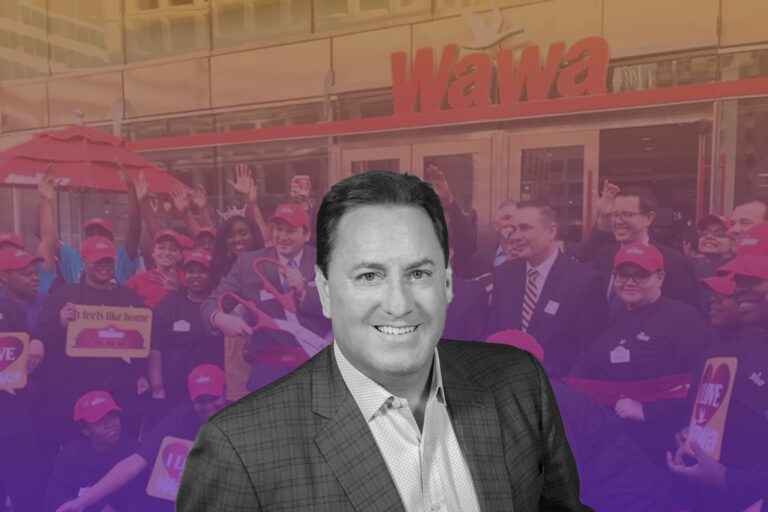Why Southeastern People Love Shopping at Publix So Much
Publix Super Markets, Inc., commonly known as Publix, is an employee-owned, a rapidly expanding chain in the southeast United States. This is an American supermarket chain headquartered in Lakeland, Florida. They’re main focus is customer service and providing the best possible experience for every shopper in their stores, hence the motto “Publix: Where Shopping is a Pleasure.” Customers can expect to be greeted by most employee they encounter and asked if they need assistance in any capacity.
Publix stands as one of the largest U.S. regional grocery chains. To stand out from the crowd and steal customers from the competition, a chain must provide what Eden-Harris calls “operations-related attributes.” These include fast check-outs, friendly staff and cleanliness, as well as good private-label brands and outstanding meat and produce. Publix was tops for cleanliness and courteous staff, and second for high-quality produce.
“Publix’s growth is made possible by the hard work of our associates and the loyalty of our customers,” said Publix President and CEO Todd Jones. “These additional jobs will help us support our store associates as they continue to provide the premier service our customers expect. We are proud of the role we continue to play in the great state of Florida.”
Publix, founded in 1930 by George Jenkins in Winter Haven, is the largest employee-owned supermarket chain in the world. It operates almost 1,200 stores in seven states — Florida, Georgia, South Carolina, North Carolina, Alabama, Tennessee and Virginia — and employs nearly 200,000 people.
Gov. Rick Scott, who attended Thursday’s announcement at Publix headquarters at 3,300 Publix Corporate Parkway, lauded the creation of new jobs.
“This announcement is great news for Florida families, and exemplifies the incredible economic turnaround we’ve had in our state,” said Scott, who is running for U.S. Senate. “Since December 2010, hard-working Florida businesses like Publix have created more than 1.6 million jobs, and our unemployment rate is the lowest since April 2007. Publix is one of Florida’s greatest success stories, and we’re proud of their growth.”
Publix announced in 2001 that it was building its current 320,000-square-foot corporate office to house its then-800 corporate employees in Lakeland. With its growth has come more employees, and 1,400 now work there. Lack of space has forced Publix to lease office space in other Lakeland locations, including much of The Ledger building on Lime Street, where part of its IT department works.
About two years ago it started planning this expansion, applying for city, county and state incentives for the $25 million project. The Lakeland Economic Development Council, Central Florida Development Council, the city of Lakeland, Polk County, Enterprise Florida, the Florida Department of Economic Opportunity, the Florida Department of Transportation, and Career Source Florida all partnered with Publix on the expansion.
In the 2017 fiscal year, Publix made $2.3 billion in net earnings on sales that totaled $34.6 billion. A year earlier, which had an extra week, net earnings totaled $2 billion on sales of $34 billion. “We are so fortunate to have Publix Super Markets in our community. Publix is the backbone of our local economy and we are thrilled when the company succeeds locally and nationally. These are exactly the type of jobs we are excited to help support,” stated Central Florida Development Council President and CEO Sean Malott.
“Publix consistently enhances the culture of Lakeland and has done so for 88 years,” said Lakeland Mayor Bill Mutz. “Its pursuit of excellence in corporate leadership and stellar retail customer service raises the shopping experience for the rest of us. The city of Lakeland wishes Publix great success in this newest chapter of its growth.”
Publix Supermarkets include a pharmacy, bakery, a deli, a meat counter, a fish counter, a produce counter, a floral area, and at least one station where their sample recipes are cooked and handed out to customers for free. The manufacturing facilities produce its dairy, deli, bakery, and other food products. The company is the largest employee-owned company in the US.
The Rise of Publix
Publix Super Markets is continuing to show the grocery industry how to create sustained, long-term growth after another stellar fiscal report.

Today, the state of Florida still has the largest number of stores, with 831, about two-thirds of the outlets. As of January 2019, Publix employs about 193,000 people at its 1,239 retail locations, cooking schools, corporate offices, 9 grocery distribution centers, and 11 manufacturing facilities. Publix was ranked No. 12 on Fortune magazine’s list of 100 Best Companies to Work For in 2019, up from No. 47 in 2018. In February 2020, Publix was named one of Fortune’s 100 Best Companies to Work For, ranking #39. They are one of only eight companies who have made the list every year since its inception in 1998.
“I’m proud we continue to be recognized as a great place to work,” said Publix CEO Todd Jones. “These honors show the dedication our associates have to perpetuating the values Mr. George founded Publix on 90 years ago. We know these values are what make our company great and what make Publix the place where shopping is a pleasure.”
To determine the rankings, companies are scored on specific attributes of their workplace. Eighty-five percent of a company’s score is based on a survey sent to a random sample of employees. The survey asks questions related to their workplace, including their experiences of trust and reaching their full potential. The remaining score is based on an assessment of how employees experience the company’s values, whether they are able to contribute new ideas and the effectiveness of their leaders.
Currently, about 10% of Americans have an ownership stake in their workplaces like the one instituted at Publix in 1959. By enabling employees to buy shares, Publix is helping its workers and communities raise their standard of living and simultaneously feel more invested in the success of the enterprise. Research suggests the employee-owned companies are more competitive and more resilient during economic downtowns.
Using Branding to Beat Their Rivals

According the Harvard Business Review, average grocery chains get about 14% of their sales from private label products. There are a few things that can change this. In recessions, it can swing to as high as 17%. Publix’s brands make up a full 20% of their sales.
Let’s break down what it is about Publix that makes their overlooked generic products such a powerful business too.
Publix started with their customer and saw an opportunity. This company realized that how they thought customers viewed “generic products” had changed a lot from how they were approaching their strategy for their private label division. Publix’s success came from a deep understanding of their customers, and their shopping habits. “We’re not really relying on the customer seeing a package of canned goods and saying, ‘Oh, that looks like the national brand, that must be good anymore’” Cox says. And the more you expand the definition of generic brands, the more true that is. He argues that, in a way, his store’s brand could be as viable as something like those of the Gap or Pottery Barn — retailers that have made names by selling their own goods rather than by rounding up famous-name products made by others. “Those are considered to be reliable brands that people relate to and think are high quality,” he says, “so why can’t supermarkets do that, too?” — Tim Cox, director of Publix’s in-house creative-service department, to The New York Times.
Remarkable Feature of Publix to Their Customers

Publix has received numerous awards for being a great place to shop. But customers don’t care about awards. Where Publix makes its best impression, in addition to maintaining clean, fully stocked, well-staffed stores, is in finding opportunities to do something unexpected and wonderful. Their people do the little things that feel like big things to their customers.
Publix has a made-to-order sandwich station that is already very popular with shoppers. The decision to create a digital ordering option is a logical next step for a retailer trying to engage the savvy omnichannel shopper. Extending the service to include online ordering is another important way to engage shoppers. Meanwhile, shoppers who prefer to shop in-store or who decide to buy a sandwich while on a shopping trip still both have the option to do so.
In the future, the addition of in-store kiosks could provide a way for shoppers to order a sandwich or several made-to-order items, using the digital order technology on an in-store trip. In-store kiosks would offer a middle ground option for shoppers who have already made the trip to the store or who prefer to shop in-store for certain items, and may need a ready-made meal. They can do all of this while avoiding a delivery fee.
From a strong base in the made-to-order sandwich business, Publix should continue expanding its food offering with Instacart Meals. Additional food items and small dishes are available via Instacart, and assuming the program succeeds, the retailer should continue to grow the assortment, package sizes, and more; eventually, growth from enough successful sales with a profitable pricing model could lead to a source of alternative revenue.
Following the successful development of made-to-order meals, Publix could look to elevate its food offer with in-store seating or in-store grocerants. Retailers like Wegmans have built a robust slate of in-store dining options that have helped boost alternative revenue and strengthen private label recognition and praise. Allowing customers to dine in-store could encourage trips specifically concentrated on meals or inspire meal-building while in-store. This strategy would, however, require reworking floor plans and possibly expanding footprints of stores, which could be more costly than is worthwhile, and could alter the look and feel of Publix’s stores.
What’s Special About the Publix Brand?
“We believe that there are three ways to differentiate: service, quality and price. You’ve got to be good at two of them, and the best at one. We make service our number one, then quality and then price.” — Todd Jones, President of Publix. Publix’s entire culture sets their generic products up to successfully be viewed as trustworthy. In contrast to Walmart’s “Always low prices”, Publix has aligned itself to be people first from the start. From the baggers who help you to your car (bygone at all of Publix’s competitors), down to the very detail that it’s an employee owned company — if you could trust any store to give you high quality . ingredients, it’s these guys.

Another goldmine that Publix’s deep understanding of who they’re for led them to is their Greenwise brand. Greenwise products are some of the highest margin in the store. They target shoppers who are looking for organic, all natural options — something increasingly important to the millennial cohort, as they pass Gen X in market size. This brand gives some important information on where Publix sees itself in the market, and its marketing strategy. While trying to unseat Publix as the Florida Grocer King, Walmart often uses a price comparison strategy.
Publix likes to compete on whole basket value. This fits perfectly with promoting their generic products. Publix argues that you can get the same quality as brand names for a lower price, or better quality for the same price. While not every item’s price at Publix is the lowest, they believe you’ll have a better basket for the same price with them. Walk into any Publix and you’ll notice Publix brand will be priced below the leading name brand, and often their organic Greenwise products will be the same price (or lower). This marketing of their generic brand has been so successful that it’s actually allowing Publix to create a Trader Joe’s-like business model. Now Publix has been able to roll out Greenwise Markets, an organic market which focuses on selling their Greenwise private label products!
The Bottom Line
The supermarket industry is well aware of this. In its U.S. Grocery Shopper Trends report, the Food Marketing Institute made it clear that “changing the in-store experience” is critical to the industry’s long-term success.
“We can’t just keep putting more in the store. We must both display it better as well as help simplify the overall in-store experience,” the report stated. “We have to rethink merchandising from items to ideas. Historically we sold our shoppers merchandise to fill their pantries. They are now asking us for help in understanding how to live better lives.”









